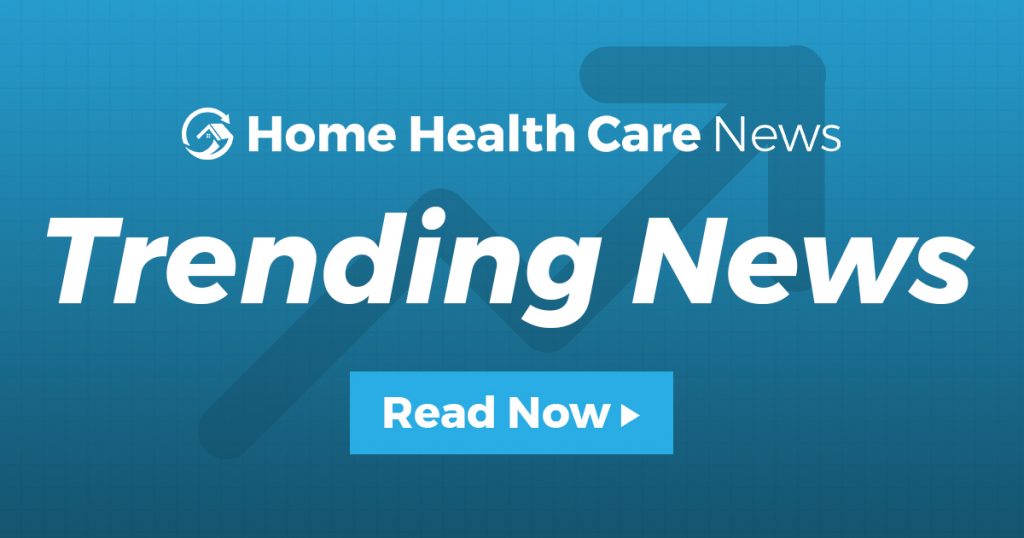
Home Health Industry Pushes Back on CMS Budget-Neutrality Methodology for PDGM – Home Health Care News
Since the release of the U.S. Centers for Medicare & Medicaid Services’ (CMS) proposed payment rule, home health stakeholders have been sitting in their respective “war rooms” trying to navigate the proposal.
As providers geared up for the unveiling of the proposal, many knew that CMS’ analysis of whether the Patient-Driven Groupings Model (PDGM) led to higher, lower or equal spending compared to the old payment model would be a major factor, according to William A. Dombi, the president of the National Association for Home Care & Hospice (NAHC).
Many are pushing back against CMS’ methodology for assessing budget neutrality, with organizations such as NAHC expressing their concerns even prior to the release of the proposed rule.
“When we found out on Friday that CMS chose to use the same methodology which had been roundly condemned by anybody who had evaluated it, we had to conclude the CMS had effectively declared war against home health,” Dombi said. “I don’t mean that in an emotional sense, but in a practical sense, where the outcome of this proposal could be extraordinarily — not just disruptive — but devastating to the home health care community.”
He made these comments during NAHC’s latest webinar on Thursday.
Overall, the proposed rule comes with a decrease to payment rates by 4.2%, or $810 million less compared to 2022 rates.
“CMS only gets to that [$810 million] by adding in the inflation update, so the inflation update for 2023 is a meager 2.9%,” Dombi said.
The proposed rule also includes a 7.69% PDGM budget-neutrality adjustment.
“It’s startling to see in this period of high inflation, this tremendous change in the level of the base payment rates,” Dombi said.
Along with the changes in the payment rate, CMS mostly maintained the same PDGM case mix model but, like last year, the agency recalibrated all 432 case mix weights. CMS also recalibrated the LUPA thresholds for the first time since 2020.
Dombi noted that CMS learned the importance of keeping “some level of stability” for providers of services due to the changes made to last year’s wage index.
“Like they’ve done in their proposal for skilled nursing facilities, hospitals, hospices, and all other provider sectors where there is a wage index applicable, CMS proposes to institute a permanent 5% cap on any negative wage index changes that would reflect changes in workforce costs,” he said.
Additionally, CMS modified the outlier fixed-dollar loss to 0.44, which would then change the number of outlier episodes.
“CMS does make these modifications for purposes of staying within the 2.5% of the Medicare spend as a budget for outlier spending,” Dombi said.
The home health industry is currently preparing for the nationwide expansion of the Home Health Value-Based Purchasing (HHVBP) Model.
In CMS’ proposal, the start date of Jan. 1, 2023 remains the same, but there are some modifications on the quality reporting. This includes the requirement that OASIS must be done for all patients — regardless of payer source.
Moving forward, NAHC is leaning into its advocacy efforts for the home health industry in order to activate changes ahead of the final rule.
“This is not a proposal that we can just feel comfortable and relaxed with to move forward with,” Dombi said. “This is a rule which is going to require a significant amount of advocacy efforts from all of us, in order to end up with an alternative outcome than what we see proposed here by CMS.”